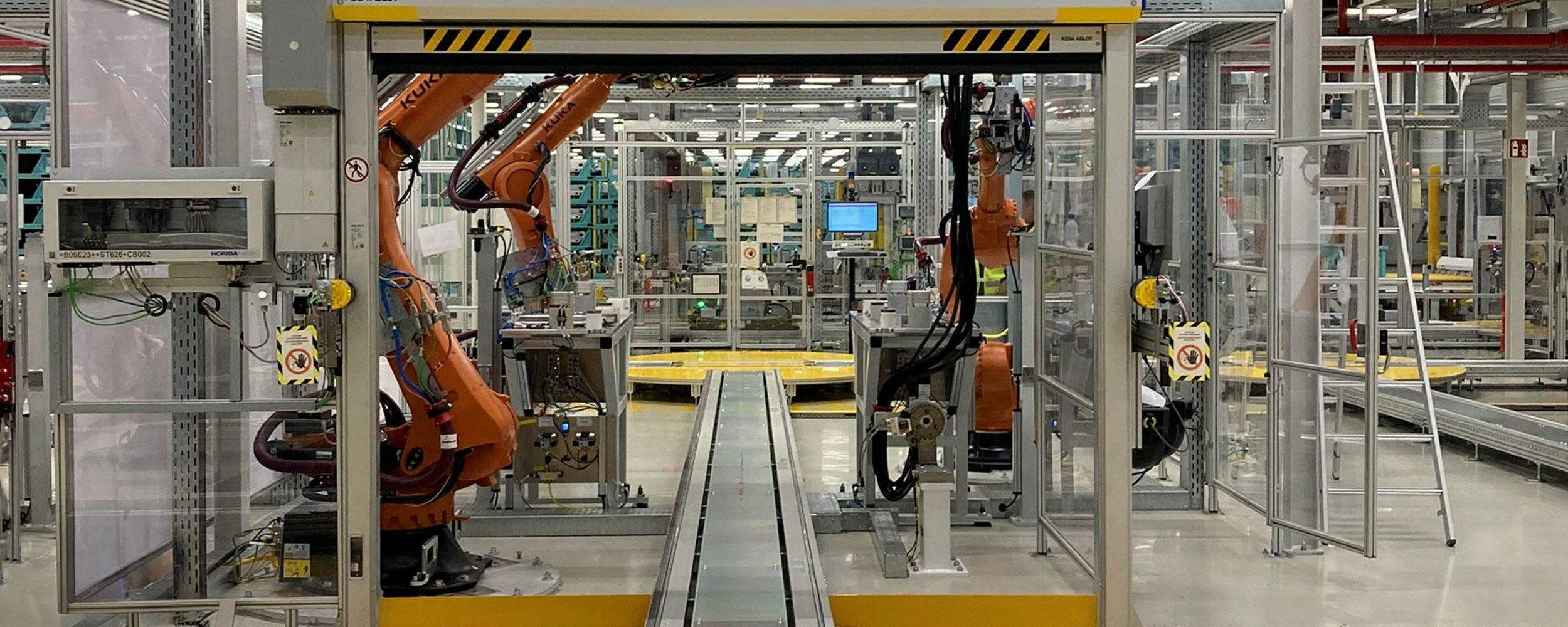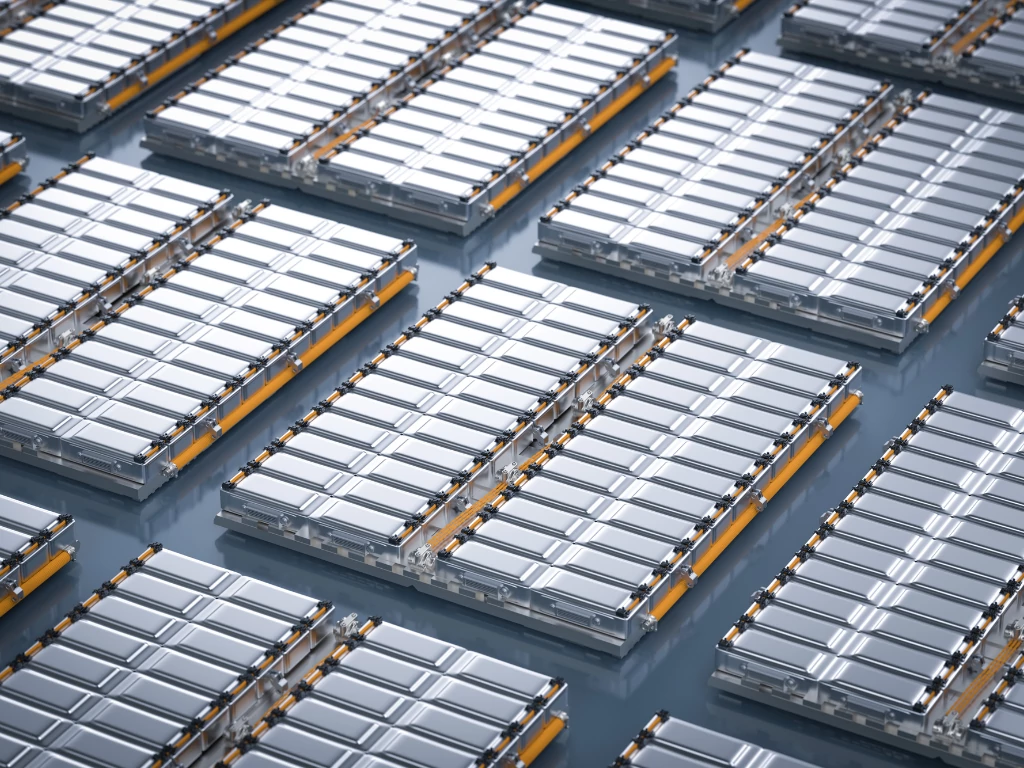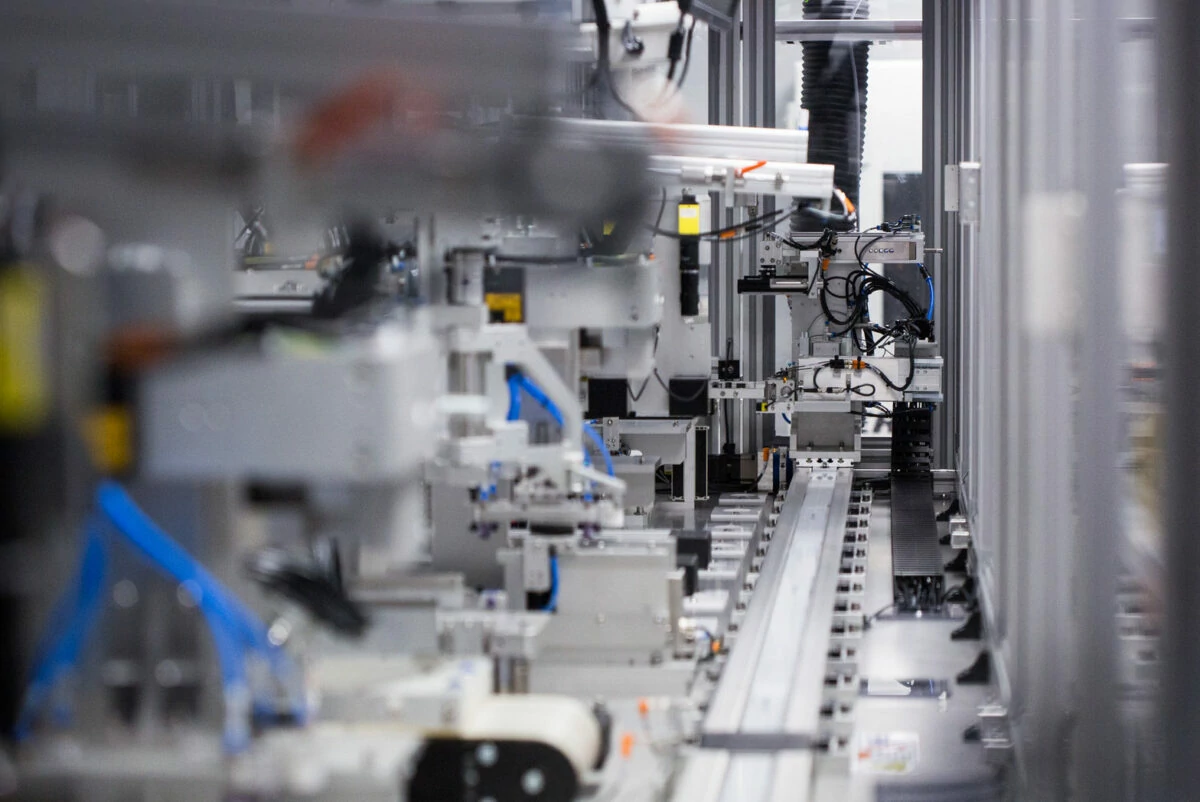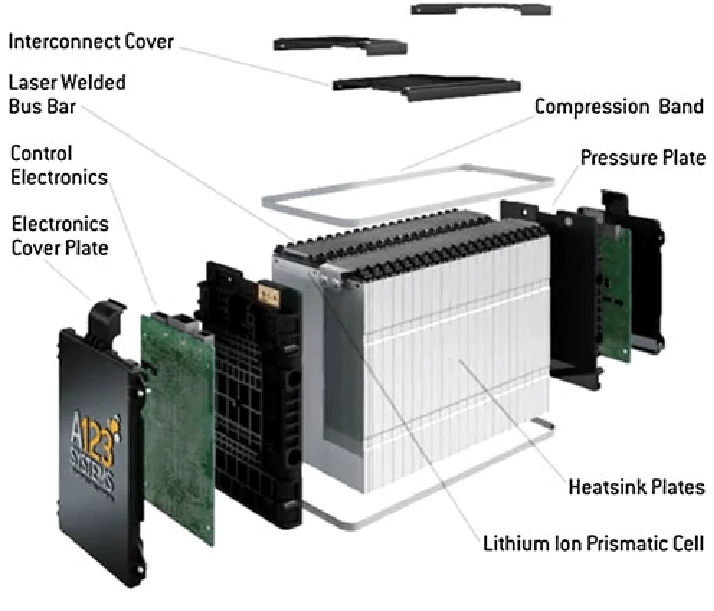Product testing Product testing is a key link to ensure...
Electrode fabrication
The electrode manufacturing process includes several key steps, such as slurry preparation, raw material mixing, coating and drying, rolling and slicing. First of all, the preparation of the slurry by the positive and negative electrode active materials, conductive agents, adhesives and solvents in proportion to form a slurry with appropriate fluidity, in order to ensure coating uniformity and battery performance. The raw material mixing process needs to ensure that the components are evenly dispersed to avoid particle deposition. The coating process uniformly coats the slurry on the fluid collector, and then removes the solvent by drying to ensure the stability of the electrode material.
Electrode fabrication
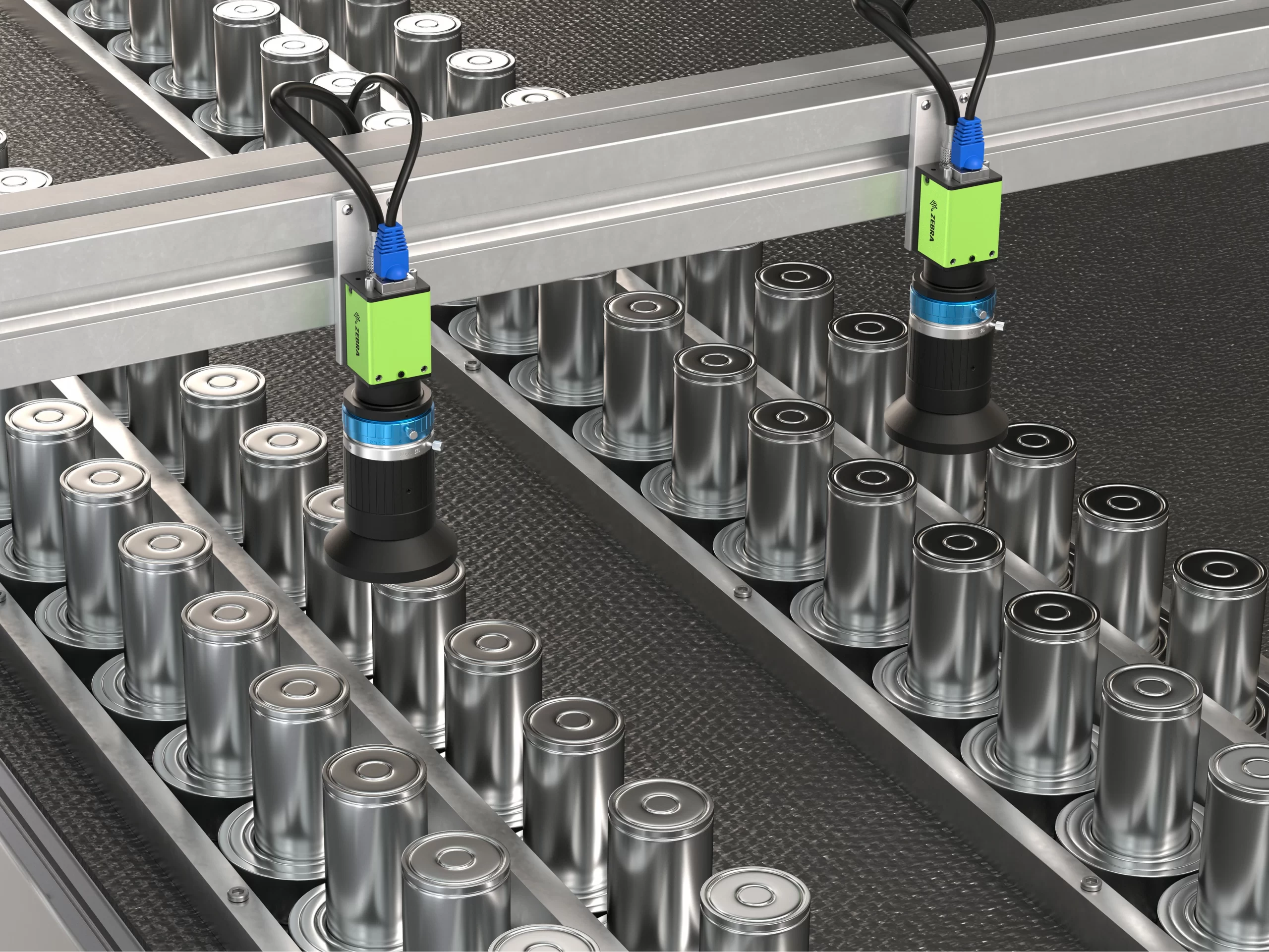
Secondly, the electrode sheet is rolled and sliced to improve its density and mechanical strength, ensuring the electrochemical performance and cycle life of the battery. The rolling and slicing process makes the electrode thickness and density uniform, and ADAPTS to the subsequent battery assembly process. The precise control of each link, especially the viscosity of the paste, the thickness of the coating and the strength of the roll, directly affects the capacity, stability and production efficiency of the battery, thus determining the overall performance of the battery.
Each step
The slurry is the core component of the electrode material and is usually composed of a mixture of positive and negative electrode active materials, conductive agents, adhesives and solvents. In this step, the raw material is precisely proportioned to produce a slurry with the right flow and viscosity, ensuring uniform coating and good electrochemical properties.
The preparation of slurry is the basis of electrode manufacturing, and the composition and fluidity of slurry directly affect the performance and production efficiency of electrode.
The positive and negative active materials, conductive agents and adhesives are thoroughly mixed to ensure that each component is evenly dispersed. This step is usually achieved by efficient stirring, ensuring that the solid components in the slurry are not clumped and distributed evenly. In order to ensure the consistency of the slurry, the solvent (such as NMP) also needs to be added in an appropriate amount to finally achieve the appropriate viscosity of the slurry.
Raw material mixing needs to ensure uniformity in order to improve the conductivity, mechanical strength and cycle stability of the electrode material.
In the slurry preparation process, there are several critical control points that require precise control, including:
Slurry viscosity: directly affects coating uniformity and electrode performance.
Mixing time and speed: Ensure that the active material and additives are fully mixed to avoid particle precipitation or agglomeration.
The amount of solvent used: control the fluidity of the slurry, avoid excessive volatilization or concentration, affecting the coating quality.
The optimization of critical control points can ensure the stability and consistency of the slurry, avoid unstable factors in production, and improve the overall quality of the electrode.
The coating process is to evenly coat the slurry to the surface of the fluid collector (such as aluminum foil or copper foil), often using knife coating, scrape coating, roll coating and other methods. Coating uniformity and thickness control is crucial, too thick or too thin coating will affect the battery capacity and cycle stability. After coating, the solvent needs to be removed by drying to ensure the stability of the electrode material.
The coating and drying process requires precise control of coating thickness and drying temperature to ensure consistency and high performance of electrode materials.
The coated and dried electrode sheet usually needs to be rolled to improve the density and mechanical strength of the electrode and ensure the electrochemical performance and cycle life of the battery. After rolling, the electrode sheet usually needs to be cut to obtain the appropriate size of the electrode sheet, ready for the assembly of the battery.
Rolling and slicing are the final steps in electrode manufacturing, which can improve the density and mechanical strength of the electrode, laying the foundation for high performance and long life of the battery.
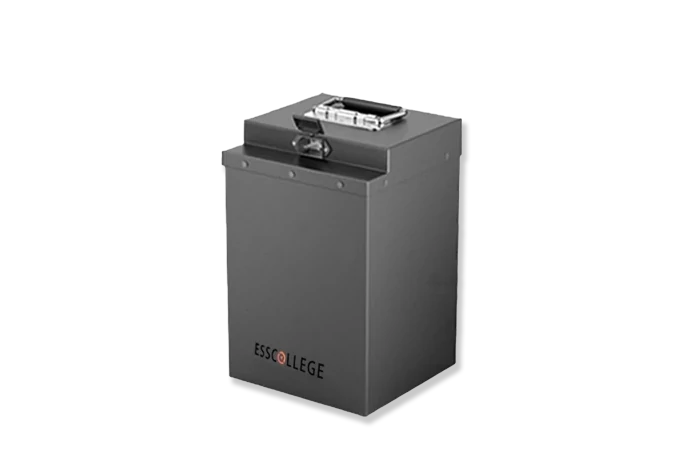
low-speed car batteries
Low-speed vehicle battery is a kind of battery designed for low-speed electric vehicles, which has the characteristics of clean, environmental protection, high efficiency and economy, and is widely used in electric golf carts, low-speed electric vehicles (LSV), mobile vendors, campus transportation, cargo trucks and so on
Extended reading
Product packaging and delivery
Product packaging and delivery The packaging and delivery of battery...
Product information expansion
Product information expansion Understanding low-speed vehicle battery product information is...
Product composition
Low-speed lithium battery product composition Understanding the product composition of...
THE ESSC Brand promise
Global supply
Our products sell well all over the world, covering many countries and regions, through the global logistics network, to provide customers with convenient purchasing experience.
Rigorous quality
We adhere to the highest quality control standards to ensure every product meets industry regulations and customer expectations, earning trust through consistent excellence.
Excellent service
With a customer-centric approach, we provide prompt responses, professional support, and personalized services, aiming to deliver the best user experience and long-term value.
